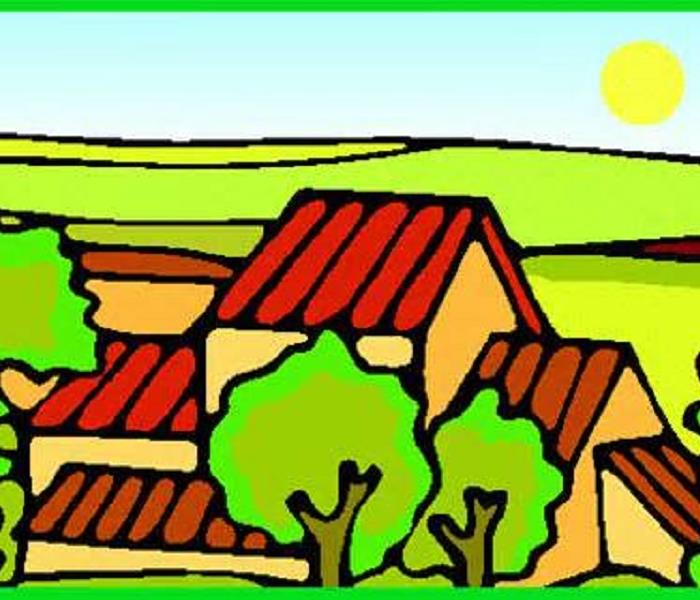Farmers and Gardeners: Prepare Now to Weather the Whims of Mother Nature
7/23/2014 (Permalink)
Commercial farms and home gardens alike present similar challenges when natural disasters are a threat. The flat, open land that crops grow in and animals graze on has few natural defenses against flooding, and any tall buildings on farmland, such as barns and silos, can be vulnerable to lightning strikes. While the average home garden doesn’t have the same scope of a large farm, owners of both can use similar methods to protect their crops, livestock and property from the impact of a natural disaster.
Take a full inventory of everything: livestock, equipment, pesticides, fertilizers, other chemicals and fuel. Animals should be tagged so they can be returned if they get lost or hurt during an incident. Have sandbags and plastic sheeting on hand to cover and protect crops and garden plots in case of flooding. Use wire and rope to secure objects, and lumber and plywood to protect windows. Put a fire extinguisher in every building and vehicle on your property.
Choose a safe, flood-proof location to store extra fuel for tractors and vehicles, food and water for livestock, and a gas-powered generator in case of power failure. Make sure that electrical power to flood-prone machines and structures can be easily turned off. Have hand tools accessible to assist in preparation and recovery.
If you are in a particularly flood-prone area, figure out escape routes for livestock to get to higher ground. Also, keep them out of barns that may flood, as their natural instinct is to seek shelter in a barn during an emergency.
In the aftermath of a disaster, report leaks of any hazardous materials (pesticides, fuel, fertilizer and other chemicals) to authorities.
Check your utilities for signs of damage, and contact your utility company before turning anything back on. Spray surviving livestock with insect repellent to protect against mosquitoes, and have all animals checked for infectious diseases such as pneumonia or foot rot.
Test the soil, especially in smaller gardens and flower beds. It is recommended that flooded areas not be planted again for at least 30 to 60 days. Before replanting, make sure the soil is dry and has been reworked. Salt water can get washed up by waves and storm surge and get into the soil and on plants and trees, causing leaves to brown and damaging roots and buds. The damage salt spray can do to plants can last for several years.
Dispose of any leafy green vegetables and any other crops with edible parts that were touched by flood water. Affected root vegetables can be sanitized for consumption by rinsing them and soaking them in a bleach/water solution.




 24/7 Emergency Service
24/7 Emergency Service
